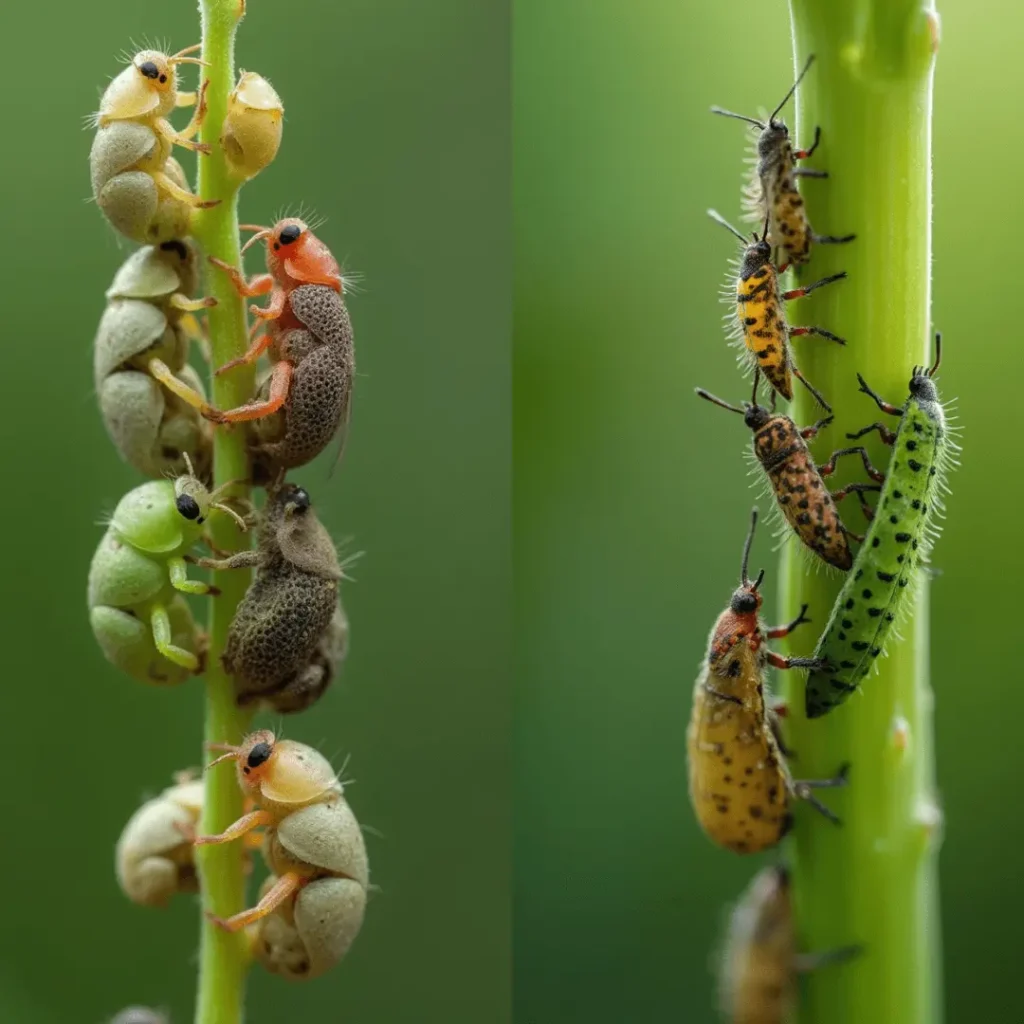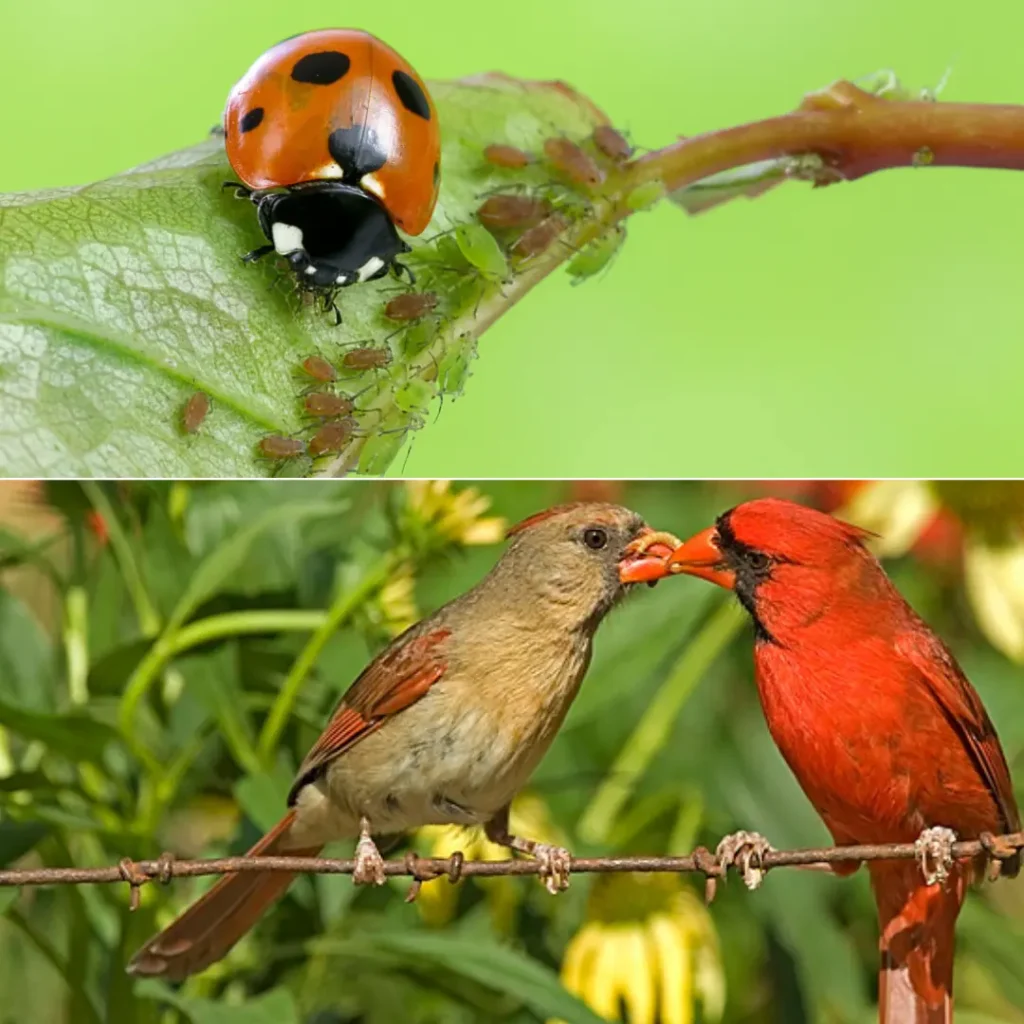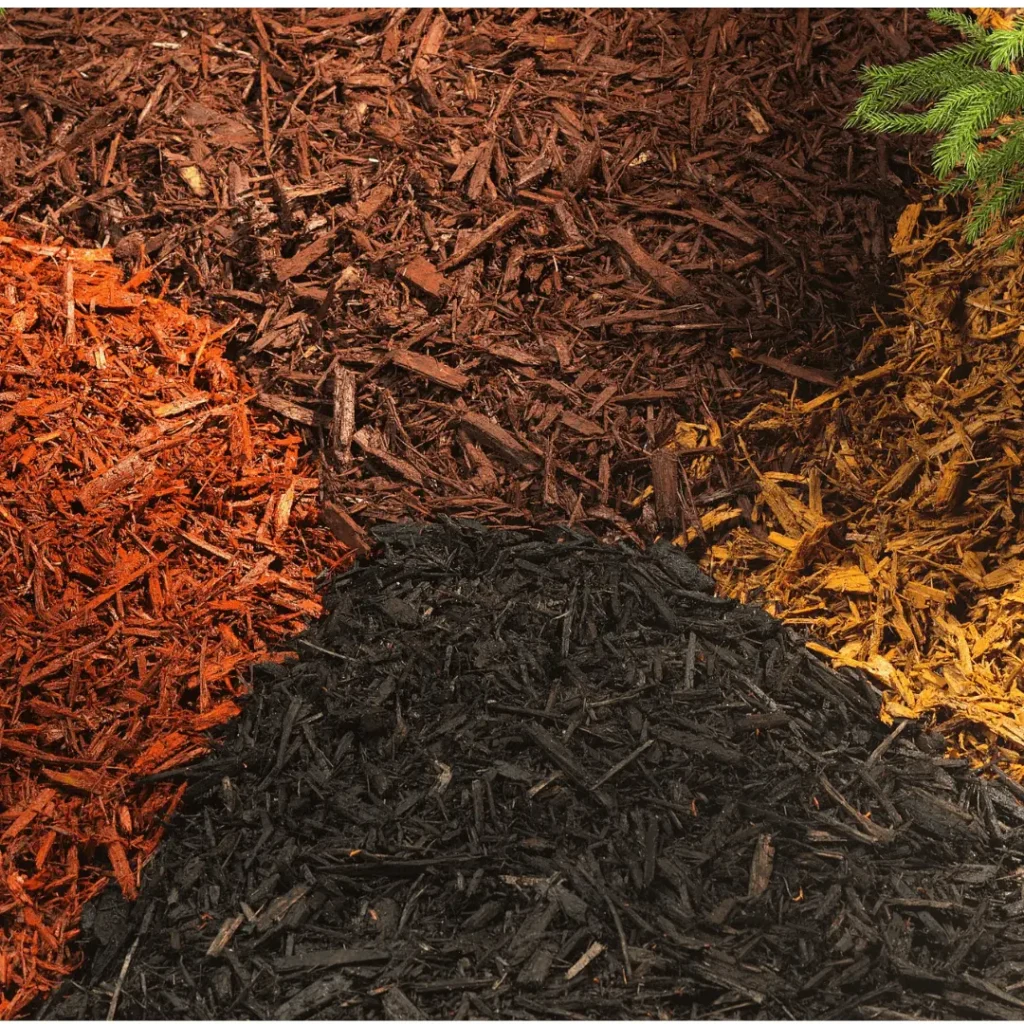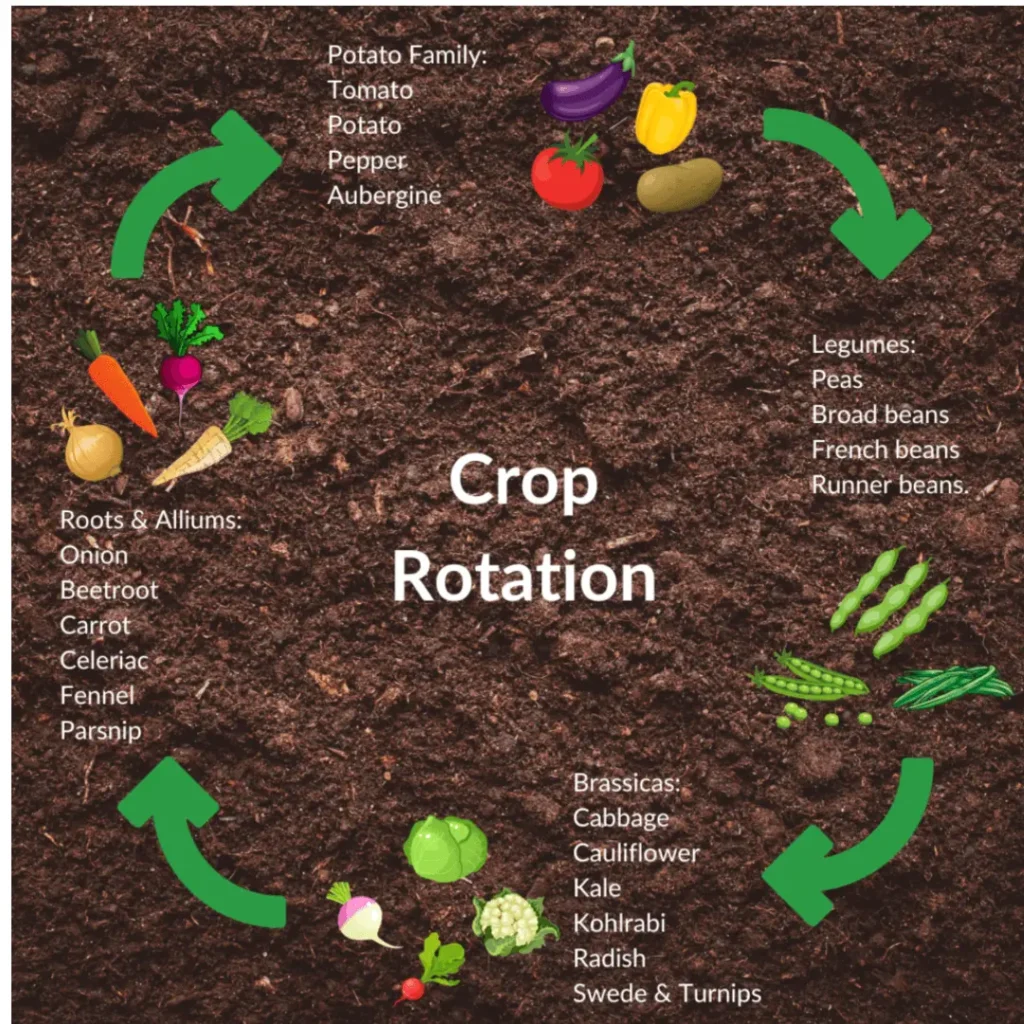10 Proven Pest Control Tips for a Thriving Garden
Pest Control Tips : Your Complete Guide
Table of Contents
1. Understand Common Garden Pests
Knowledge is power, and identifying the pests causing problems in your garden is the first step toward effective control. Some common offenders include :

- Aphids : Small, sap-sucking insects that weaken plants.
- Caterpillars : Leaf-eating larvae that cause visible holes in leaves.
- Slugs and Snails : Nighttime pests that chew through leaves and stems.
- Whiteflies : Tiny insects that weaken plants by sucking sap and spreading disease.
Take time to observe your garden and note which pests are most prevalent. Understanding their behavior helps you choose the most effective control methods.
2. Encourage Natural Predators
One of the most eco-friendly ways to manage pests is by introducing or attracting their natural enemies. Beneficial insects like ladybugs, lacewings, and parasitic wasps can do wonders for pest control.
- Ladybugs : Feed on aphids and other soft-bodied insects.
- Praying Mantises : Target a wide variety of pests.
- Birds : Encourage insect-eating birds by setting up feeders and birdbaths.

Planting flowers like dill, fennel, and marigolds can attract these helpful creatures to your garden.
3. Practice Companion Planting
Companion planting involves growing plants together that benefit each other. Certain combinations repel pests naturally:
- Marigolds : Deter nematodes and aphids.
- Basil : Repels mosquitoes and enhances the flavor of tomatoes.
- Onions and Carrots : Protect each other from carrot and onion flies.
Companion planting not only helps control pests but also improves soil health and boosts plant growth.
4. Create Homemade Pest Traps
DIY traps can be an inexpensive and effective way to reduce pest populations. Here are a few to try:
- Beer Traps : Perfect for slugs and snails. Bury a shallow container of beer in the soil to attract and drown them.
- Sticky Traps : Coat yellow cards with petroleum jelly to catch flying pests like whiteflies and gnats.
- Fruit Fly Traps : Place overripe fruit in a jar, cover with plastic wrap, and poke small holes in the top.
These traps work wonders and are safe for your plants.
5. Mulch Your Garden for Protection
Mulching serves as a physical barrier that helps keep pests away. Benefits of mulch include:

- Preventing soil-borne pests from accessing plants.
- Reducing weed growth, which often harbors pests.
- Retaining moisture to promote healthy plant growth.
Choose organic materials like straw or wood chips for the best results.
6. Rotate Your Crops Annually
Crop rotation is an effective technique to prevent pests from establishing themselves in your garden. Many pests target the same crops each year, but rotating your plants confuses them and disrupts their life cycles.

For example, don’t plant tomatoes in the same spot every year. Instead, rotate them with other crops like beans or leafy greens.
7. Seasonal Pest Control Strategies
Pest activity varies by season, so adjusting your approach throughout the year is key.
- Spring : Use row covers to protect young plants from aphids and caterpillars.
- Summer : Introduce beneficial insects to combat beetles and mites.
- Fall : Remove debris to reduce hiding spots for slugs.
- Winter : Turn over the soil to expose overwintering pests.
Planning ahead for each season keeps your garden one step ahead of pests.
8. Use Organic Pest Control Sprays
Natural sprays can effectively repel or eliminate pests without harming the environment. Try these homemade solutions:
- Neem Oil Spray : Targets aphids, mites, and whiteflies.
- Garlic and Chili Spray : Deters caterpillars, slugs, and beetles.
- Soapy Water : Breaks down soft-bodied insects like aphids and spider mites.
Apply these sprays in the early morning or evening to avoid harming pollinators like bees.
9. Remove Pest Habitats
Pests thrive in cluttered areas, so keeping your garden tidy is crucial. Tips for maintaining a pest-free environment include:
- Clearing debris and weeds where pests hide.
- Pruning dead leaves and branches.
- Avoiding overwatering, which creates a breeding ground for pests like fungus gnats.
A clean garden is less inviting to unwanted visitors.
10. Monitor and Take Quick Action
Regular garden inspections help you spot pest problems before they escalate. Look for signs like :
- Holes in leaves.
- Wilting or yellowing plants.
- Sticky residue on foliage.
Once you identify the issue, act quickly using one of the methods above to prevent further damage.
Conclusion
Pests may be persistent, but with these 10 proven pest control tips, you’re well-equipped to protect your garden. By combining preventive measures, natural remedies, and regular monitoring, you can maintain a healthy, thriving garden all year long.
Now it’s your turn, put these tips into practice and watch your garden flourish! Got your own pest control success stories ? Share them in the comments below and inspire fellow gardeners.
FAQs
What are some eco-friendly ways to control garden pests ?
Attract natural predators, use DIY traps, and apply organic sprays like neem oil or garlic solution.
How does companion planting help with pest control ?
Certain plants repel pests or attract beneficial insects, reducing the need for chemical interventions.
Can I use household items to control pests ?
Yes! Items like beer (for slug traps) and soapy water (for aphids) are effective and safe for plants.
How often should I inspect my garden for pests ?
Check your garden at least once a week to catch problems early.
What should I do if natural methods don’t work ?
If pests persist, consider using eco-friendly pesticides as a last resort.
Why is crop rotation important ?
Rotating crops each year prevents pests from targeting the same plants repeatedly, disrupting their life cycles.

